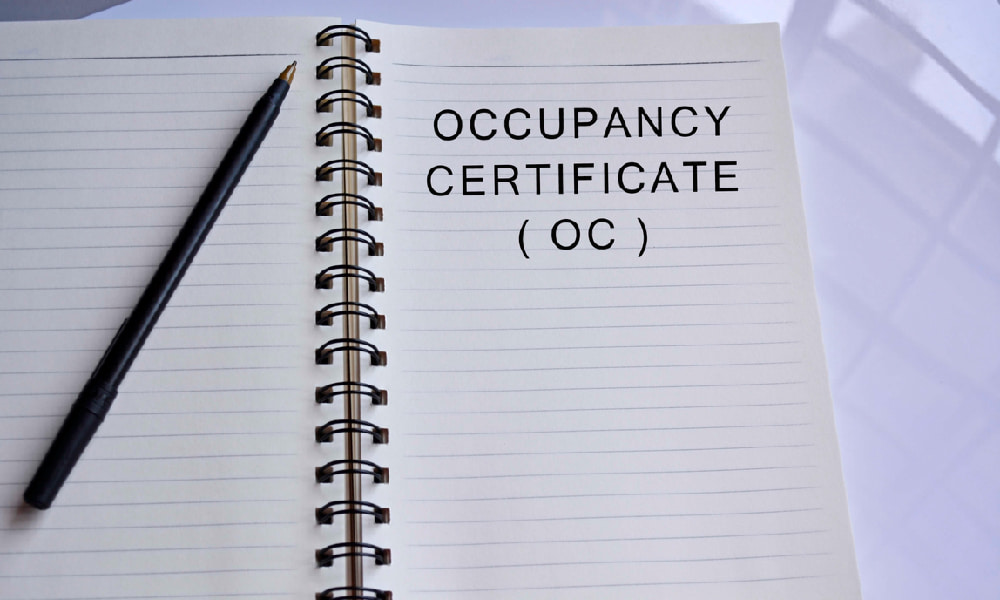What is certificate of occupancy guidelines and basics?
You must grasp the importance of CO compliance to meet local regulations and ensure safety.
This legal document confirms a property’s adherence to codes and standards.
Whether renovating or welcoming new occupants, securing a CO is vital.
Failure to do so can lead to fines, legal issues, and safety risks.
Understanding CO regulations is key to protecting your interests in property transactions.
CO Basics and Purpose
To understand the basics and purpose of a Certificate of Occupancy (CO), you need to recognize it as a crucial legal document confirming a property’s safety for habitation.
A Certificate of Occupancy, commonly referred to as a CO, is essential in ensuring that a property complies with local housing, building, and safety codes before it can be inhabited. In locations like NYC, the Certificate of Occupancy NYC requirements are strictly enforced to safeguard the well-being of occupants.
This document verifies that the property is appropriately zoned for its intended use and that it meets all necessary safety standards. Understanding what a Certificate of Occupancy entails is vital for property owners and prospective buyers alike to navigate the complexities of property transactions and ensure compliance with relevant regulations.
Importance of CO Compliance
Ensuring compliance with Certificate of Occupancy (CO) regulations is crucial for all property stakeholders. Adhering to CO requirements is essential for maintaining legal standing, ensuring safety, and facilitating property transactions.
Failure to comply can result in fines, legal complications, invalidated insurance, and safety hazards. By meeting CO regulations, property owners safeguard their investments and protect the well-being of occupants. It’s imperative to understand and follow the specific CO laws in your municipality to avoid potential consequences.
Professional guidance can aid in navigating the complexities of CO compliance, ultimately benefiting both landlords and tenants. Stay informed, prioritize compliance, and secure the necessary documentation to uphold the integrity of your property.
Steps to Obtain a CO
Begin by visiting your local building or zoning inspection website to start the process of obtaining a CO. Fill out the application provided and ensure you pay any required fees promptly.
Once you have submitted your application, schedule property inspections for areas like plumbing and electrical systems. It’s essential to be present during these inspections to address any issues that may arise promptly. In some cases, temporary COs can be issued to expedite the process.
Remember that successful issuance of a CO is crucial for ensuring compliance with local regulations and for facilitating property transactions. Following these steps diligently will help you obtain your Certificate of Occupancy efficiently and without delays.
Consequences of Non-Compliance
If you fail to obtain a Certificate of Occupancy, you risk facing fines, legal troubles, and safety hazards. Not having a CO can result in financial penalties, potential legal battles, and compromising the safety of occupants.
Fines for non-compliance can be substantial, impacting your finances significantly. Legal issues may arise if you attempt to sell or rent out a property without a valid CO, leading to delays and possible legal action.
Moreover, without the proper certification, there could be safety hazards present in the property due to non-compliance with building codes and regulations. To avoid these consequences, it’s crucial to ensure you have the necessary Certificate of Occupancy for your property.
Factors Influencing CO Costs
To accurately estimate the costs associated with obtaining a Certificate of Occupancy, consider the factors that influence the final price. Factors influencing CO costs include the size and type of the property. Additional features such as decks or pools can also affect the overall price of the CO.
Typically, inspection and CO fees are the seller’s responsibility. It’s essential to be aware that costs vary by municipality, so understanding your local requirements is crucial. For example, CO costs range from $170 in Ann Arbor, Michigan, to $135 to $719 in Hamilton County, Ohio.
Being informed about these factors and potential variations in costs will help you budget effectively for obtaining your Certificate of Occupancy.
Conclusion
In conclusion, understanding the importance of Certificates of Occupancy is crucial for navigating property transactions successfully. Compliance with CO requirements ensures safety, adherence to regulations, and avoids potential legal complications.
By taking the necessary steps to obtain a CO and staying informed about local regulations, you can protect your interests and ensure a smooth property transaction process. Stay proactive and informed to safeguard your investments in real estate.
Also Read: Illuminate Your Space: The Perfect Blend of Custom Remodeling and Innovative Lighting Design.

















